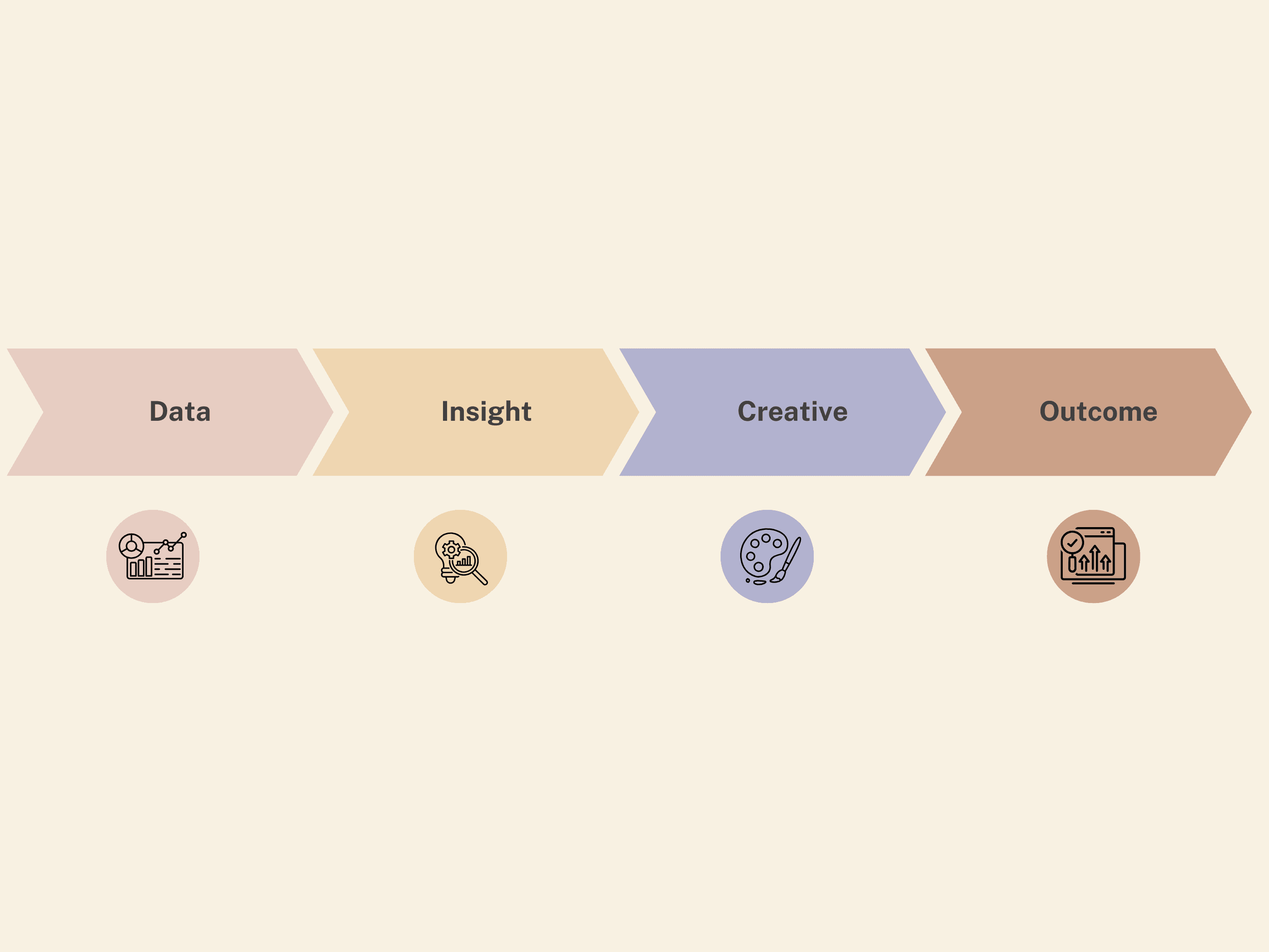Welcome to the Strategy Dawn Blog!
Great strategy isn’t guesswork. It’s research that respects real people and creatives that earns its place. I’m Alexis, a digital and brand strategist in the making. I treat data and culture as one system: numbers build the frame, lived context sets the focus, and the work ships only when it’s clear who it serves. This blog is my working ground—breakdowns of campaigns and rebrands, trend reads tied to behavior, and the mechanics that turn insight into decisions. If you’re building something and need more than vibes or vanity metrics, you’ll find clean methods, sourced takes, and examples you can reuse.
Most brand conversations swing to extremes. On one side, there are pure vibes. On the other, dashboards stacked so high you cannot see the audience anymore. I work in the middle for balance. I study patterns in behavior, pair them with what people value, and translate that into choices a team can execute without guesswork. My lane includes data analysis, qualitative and quantitative research, trend reading, SEO, and content systems that make discovery easier. I also have lead teams and project. That means I do more than point to the answer. I shape the plan, define the trade-offs, and make sure the work ships clean.
This blog is not lifestyle content. No brunch photos. No filler. It is a professional space for creators, early-career marketers, and brand teams who want a clear read on what works and why. I write for people who are building and for people who are evaluating. If you want sources, frameworks, and practical examples, you’re home.
The work I do and how I do it
My skill set in action
I bring the full stack: research design, data cleaning, audience segmentation, message testing, SEO mapping, and content creation with a strategic spine. When I evaluate a campaign, I combine the numbers with cultural context. A spike in search interest means one thing if it comes from curiosity. It means something else if it comes from frustration. My job is to know the difference and recommend a next move that respects both the signal and the people behind it.
How I think about research
Research is not a binder, it is a starting position. I look for converging proof across sources—quantitative surveys, social listening, forum threads, reviews, and point-of-sale patterns. I note where data is missing and why that matters. I separate a real shift from a loud moment. Then I turn the picture into a short narrative the team can act on. When the data is thin, I’ll make it known. When the data is strong, I show the degree of confidence it presents and the limits.
Leadership approach
Good strategy dies without coordination. I run projects with clear goals, version control, and progress rituals that keep momentum without burning people out. That includes scoping research early, drafting decision criteria before creative, and writing one-page briefs that force focus. I ask for counter views on purpose. I invite dissent early so the work is stronger later.
Content and SEO
Content without a search plan is a missed chance. I map topics to queries, queries to intent, and intent to formats that meet people where they are. Sometimes that is a long read like this one. Sometimes it is a short video or a step-by-step guide. I use SEO as a discovery engine, not as a style guide. The goal is clarity. If a keyword improves findability without breaking the writing, I use it. If it sounds robotic, I rewrite until it lands clean.
Trend analysis
Trends are easy to spot and hard to size. I look for proof across communities, time windows, and purchase behavior. I track what is durable versus what is seasonal. I call a trend real only when I can show how it changes a choice: what people watch, click, try, and repeat. I connect that to brand identity so teams know whether to participate, adapt, or ignore.
Database experience
I work comfortably with spreadsheets and structured datasets, from cleaning inputs to building dashboards that answer the actual question. I do not build data monuments. I build tools that a team can use without me in the room.
Adaptability
Every brief arrives with constraints. Budget. Timeline. Stakeholders. I match the level of analysis to the room. If a team needs a 48-hour read, I frame a lean approach for them. If a team has time to test, I design a deeper study with check-ins so we learn while moving.
What sets me apart
The combination sets me apart: research discipline with cultural range, plus a habit of writing things down so others can act. I am not precious about any single idea. I protect the through-line from goal to message to measurement. I like to be the person who brings sources when a room needs proof, and the one who names options when a team needs direction. If the question is “what should we do next,” I offer a few clean paths and the trade-offs between them.
I also work well at two speeds. When time is short, I cut the plan to the essentials and state confidence clearly so the team knows the risk we’re accepting. When time allows, I run deeper studies, codify decision criteria, and set feedback loops so learning compounds. In both cases I keep the audience at the center and the brand honest about its promise.
What this blog will cover—and why
Reviews and reactions to brand moves
I’ll break down campaigns and rebrands to understand the decision behind the tactic. Expect a mix of performance data and human read. Wins and misses both have their teaching moments. I won’t roast for sport, I’ll explain what happened and what a smarter next move might look like.
Trend commentary from both sides of the glass
Industry trends can be loud. I sort signal from spectacle with examples, community reads, and purchase behavior. I’m careful with predictions. When I speculate, I gave a thorough rationale and predictions. When something’s overhyped, I show the cost of chasing it.
Breakdowns of successes and failures
Winning is pattern recognition. Losing is pattern recognition too. I always document both of them. I will point to the decision that made the difference, not just the surface creative.
Strategy mechanics you can copy and paste
One-page briefs, decision criteria templates, message maps, simple KPI ladders, post-mortem prompts. Tools that keep teams aligned and creative focused. I’ll include clear instructions and examples.
Why this mix
It is exactly where my strengths overlap. I enjoy the work, and it is useful work for myself everyone else. From the collaborators who want to see how I think to employers who want to know how I operate. It’s useful to anyone learning the craft and looking for a clean path.
How I want to be perceived
I want to be the person you call when you need two things at once: evidence and direction. If you are stuck between options, I will help you see which one has the higher upside and lower downside given your goals. If you cannot convince a room, I will help you assemble the proof and the story that makes sense across functions. I want my work to read as reliable, flexible, and grounded. Not too splashy for the sake of it but not safe to the point of dull. My main priority is to be clear, confident, and respectful of the audience.
The through-line
My brand story is straightforward. I connect creativity to proof because you cannot have one without the other. Numbers are not the opposite of imagination, they are the scaffolding of a plan. Data sharpens taste and culture gives data meaning. When those two work together, the strategy holds and the creative lands.
What collaboration looks like with me
Clear scope and problem framing
A short research plan tied to the decision
Decision criteria before creative
A message system, not a pile of lines
A measurement story that matches the goal
Cadenced check-ins with room for dissent
Documentation that travels well across teams
You will see a through-line across my projects. The research is organized, narrative is tight, and the recommendations are specific. I am comfortable owning a lane and comfortable playing the connective role across creative, media, and product. ush for alignment before polish, protecting the audience’s time and energy. I measure outcomes people can feel, not just metrics that look good in a deck. You should also know how I manage risk. I state assumptions as I flag dependencies. I write failure modes up front, getting straight to the point. That way, surprises are smaller and wins are replicable.
What you can do next?
If you want a clear read on your brand or a current campaign, start with a one-page audit. I can show a fast structure that gives you signals without slowing the team.
If you want to build content that audiences can find and trust, use intent mapping before asset creation. It will save time and raise quality.
If you want to upgrade decision-making, add two small rituals: write decision criteria in plain language and run quick pre-mortems on your top ideas.
Thanks you for being here. Expect focused posts, not unnecessary fluff. If you build brands, study them, or just want a clearer way to think about strategy, you’ll find something useful here. I’ll keep the tone respectful, the evidence visible, and the trade-offs named. Let’s make the next thing sharper than the last!
Alexis De Ocampo
Alexis is a creative strategist and senior advertising student exploring the space where consumer insight meets culture-driven storytelling.
(Originally Uploaded Thursday, Sept. 26, 2025)

